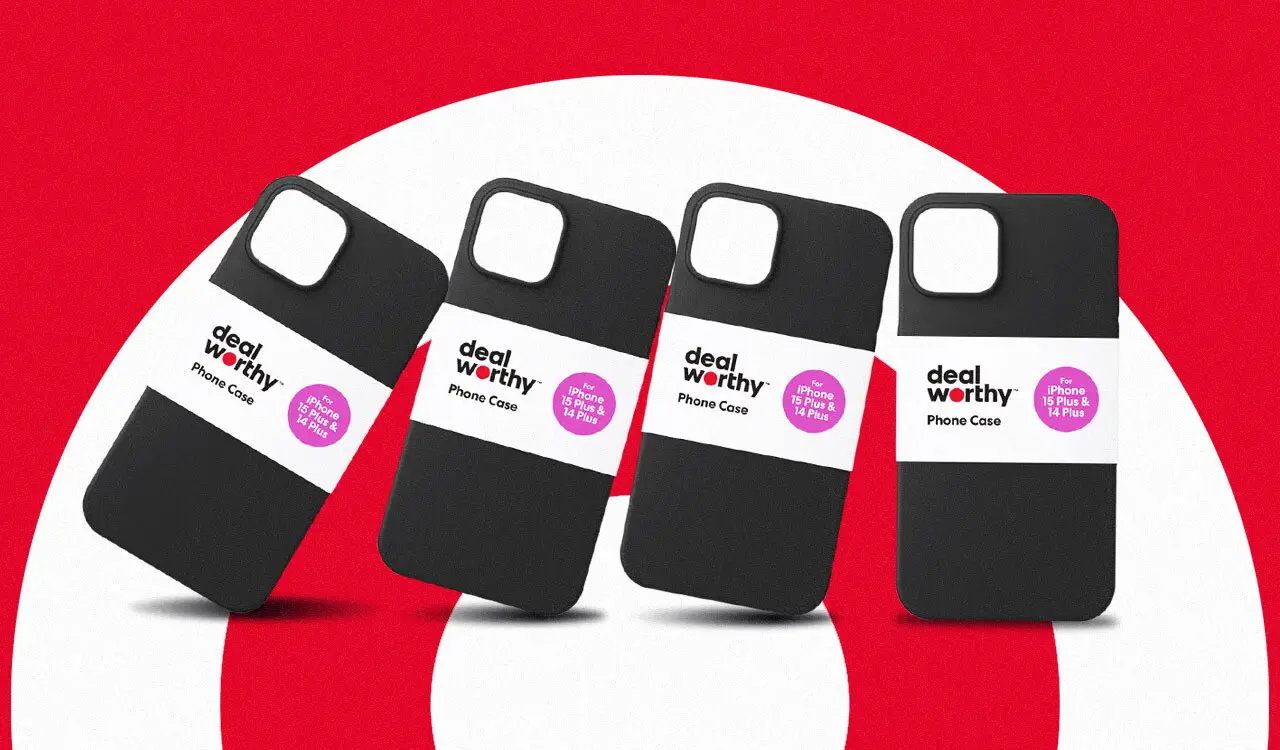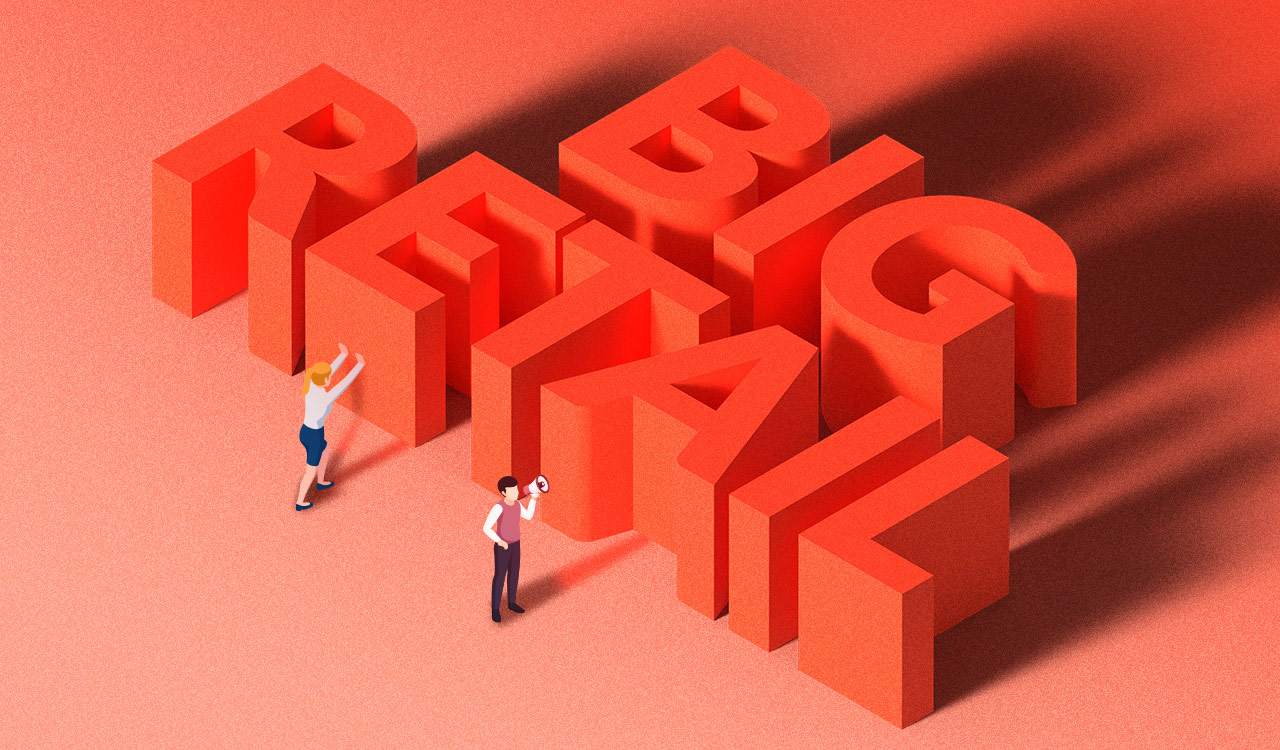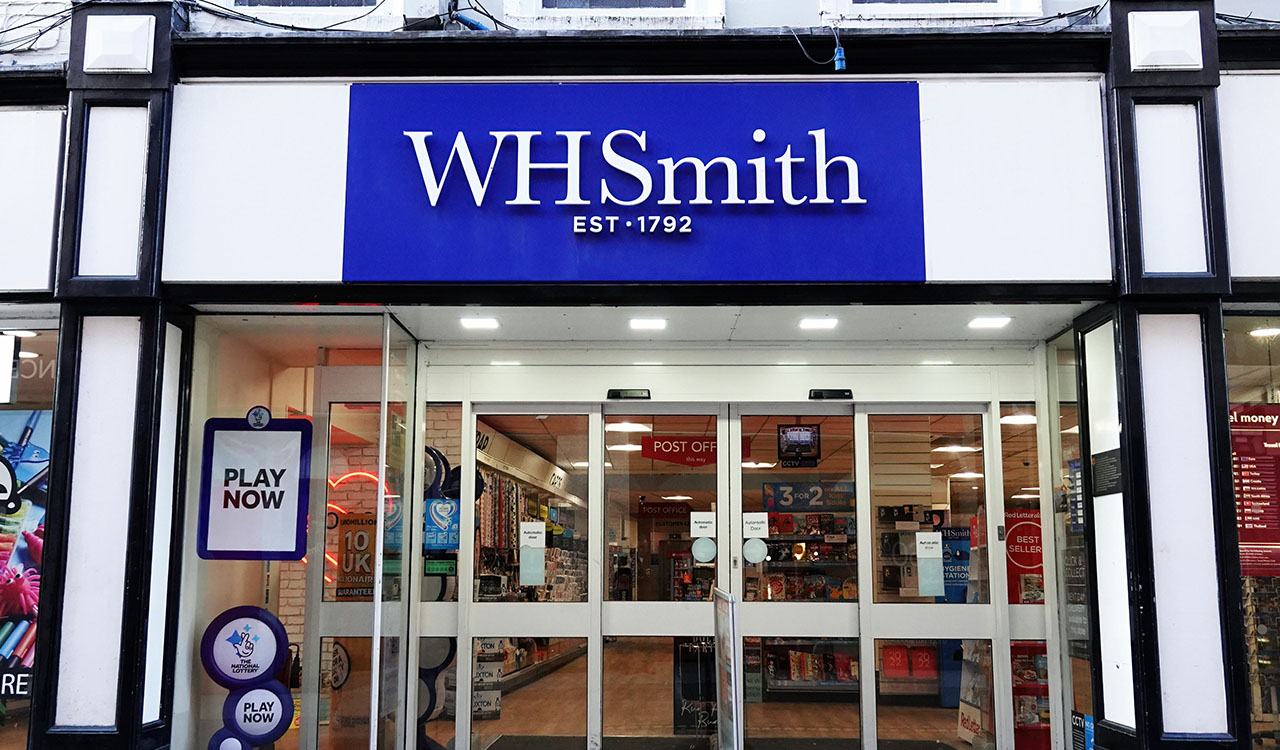Target is launching a new budget brand, “dealworthy,” joining the race to the bottom where prices struggle to cover costs. Dealworthy’s products, many to be priced under $10, might just be the beginning of a downward vortex Target will find difficult to escape from. The market will decide whether Target’s strategy is well-reasoned or not.
Is Target reading the pulse of young Gen Z families and their frugal discipline, or is dealworthy a shift in strategy to compete more directly with the other discount and off-price giants? The dollar stores come to mind.
Gen Z’s or Competitors?
Is Target reading the pulse of young Gen Z families and their frugal discipline, or is dealworthy a shift in strategy to compete more directly with the other discount and off-price giants? They recently introduced about 400 products, mostly essentials and apparel, that will carry the dealworthy brand name. For context, Walmart has some 29,000 private branded products. Of course, they are also about five times the size of Target.
In a press release, Target Executive Vice President and Chief Food, Essentials, and Beauty Officer, Rick Gomez said, “With the introduction of our newest owned brand, dealworthy, consumers can shop hundreds of everyday basics at incredibly low prices, without sacrificing quality for the price.”
According to the release, Gomez understands that value is top of mind for consumers. He promises that dealworthy, backed by Target’s brand promise of customer satisfaction, will appeal to current customers and “attract even more new shoppers to Target.”
Overreaction or a “Hail Mary” Move?
My question is whether Target’s strategy is causing it to cave in by joining the race to the bottom with the other low-cost competitors. The impressive growth of dollar stores comes to mind. Also, Walmart has seen steady share price increases over the past five years while Target’s stock has been rather uneven.
Next add inflation-induced cost hikes, drawing consumer reticence to spend in general, and $30 billion of Target’s sales at about $109 billion annually generated by its private brands. This is the formula for the power of the value customer which had to cause some handwringing in the C-suite. Also, despite beating third-quarter profit expectations, Target fell short in sales and saw a 4.9 percent decrease ahead of the holiday season. The retailer also suffered sales losses due to conservative boycotts of its Pride merch last August.
Furthermore, Walmart picked off more budget-conscious customers last year, reporting strong third-quarter gains in November. Marshall Fisher, professor of operations, information, and decisions, at Wharton, told Fortune magazine, “Producing a bundle of 400 low-cost products could be viewed as a Hail Mary, like Target is desperate.” Fisher is dubious that emulating Walmart’s rock-bottom pricing will be effective. It’s just that hard to beat Walmart’s prices. “Pick a few items at Target versus Walmart. What would a basket cost at Walmart versus Target?” Fisher said, “I bet you Walmart is going to come out cheaper.
Tarjay: A Missed Opportunity?
Target’s strategy is going to make it lose its distinction and established position in the big-box space. Why didn’t Target stick to what consumers expect? Why don’t they make Tarjay the go-to private brand across all product categories? For over 40 years consumers have embraced Target’s cheap chic. Own it. Capitalize on it. Build on chic style at affordable prices, elevating the perception of Target as something more than it is. Face it, dealworthy sounds like let’s make a deal. Tarjay sounds like the real deal.





